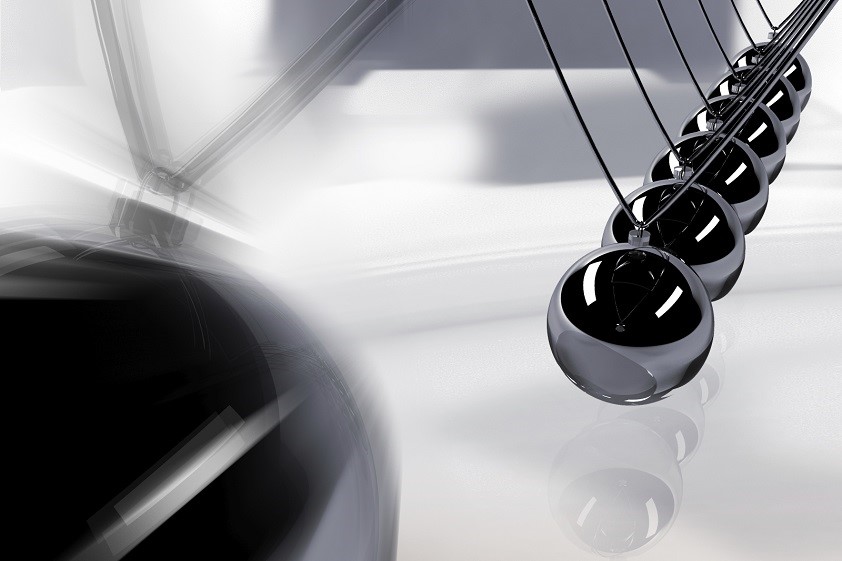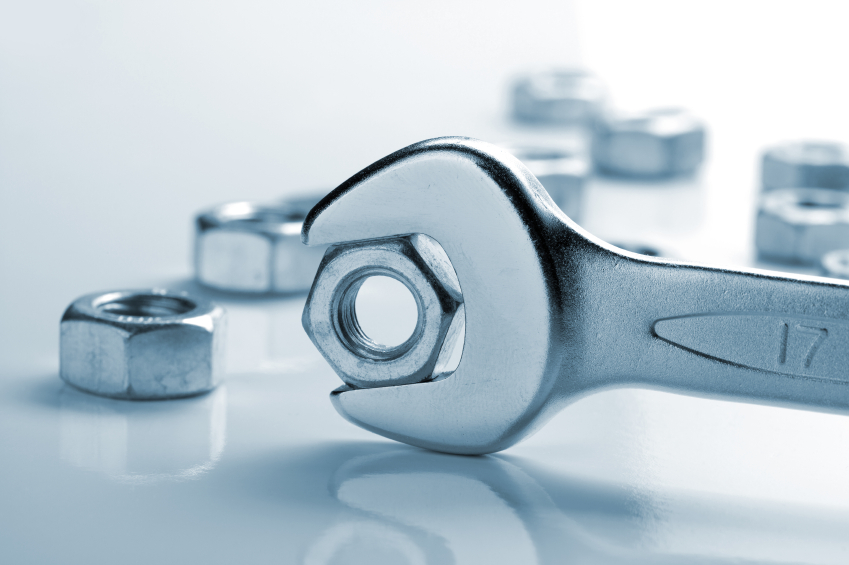An automatically activated, independent braking system is required on any trailer with a gross trailer mass of more than 750kg. On heavier trailers and caravans, electric brakes are the most common form of brakes. So, how are they controlled and what is the best way to do it? We look at electric brake controllers as an important part of trailer maintenance, with a focus on the motion-sensing type.
What is an electric brake controller?
Quite simply, an electric brake controller is required on any trailer with electrically-activated brakes. It’s essential equipment for trailer maintenance. It controls the brakes by sending a preset level of voltage or an automatically set level of voltage to the brake system. The more voltage applied, the more the brakes engage. Regardless of how they activate the brakes (discussed below), electric brake controllers require no direct input from the driver under normal conditions.
Proportional input
Motion-sensing electric brake controllers are activated when the driver applies the brakes on the tow vehicle. Once activated, a sensor measures the deceleration of the tow vehicle and applies a proportional amount of power to the trailer’s brakes. Hence, this type of controller is also known as a pendulum brake controller or proportional brake controller. A downside of most proportional brake controllers is that they have to be mounted in a level position, which limits where they can be installed.
Performance
The proportional braking process happens in real time allowing for better feedback to the driver. Because of this and because the level of braking is measured, this type of controller is ideal for heavier loads.
Reduced wear and tear
Performance aside, one of the key advantages of a motion-sensing electric brake controller is reduced wear and tear. Because the system applies braking power to the trailer that is in direct proportion to the power applied by the tow vehicle, the load put on the tow vehicle’s brakes is reduced throughout the entire braking process. The same is true of the trailer’s brakes – the trailer is not required to brake any more than is needed, reducing the amount of trailer maintenance required.
Understanding the advantages
To highlight the advantages of a motion-sensing brake controller, it’s important to understand alternative controllers such as those that are time based, or are manually switched on when required. Time-based brake controllers offer no proportional input in braking. Instead, the application of the tow vehicle’s brakes triggers the controller to apply a preset level of braking voltage after a specified amount of time. In other words, regardless of the level of braking required for a given situation, a time-based brake controller will always apply the same level of braking force, and that’s after an initial delay. The same goes for a manually activated controller, which also has the added delay of the driver pressing a button to activate the brakes.
A disadvantage of this system is that because the same level of braking force is applied, regardless of how much the tow vehicle brakes, wear and tear is increased on the trailer. Another disadvantage is that this kind of controller is less effective with heavier trailers. That said, a time-based brake controller is usually less expensive and is more flexible in how it can be mounted.
Motion-sensing brake controllers offer a more natural braking experience than that of time-based controllers. Because they make for safer driving – and reduce the wear and tear on the towing vehicle and trailer – the higher price tag and trickier installation is justifiable.
Find out more about AL-KO’s range of motion-sensing electric brake controllers.





